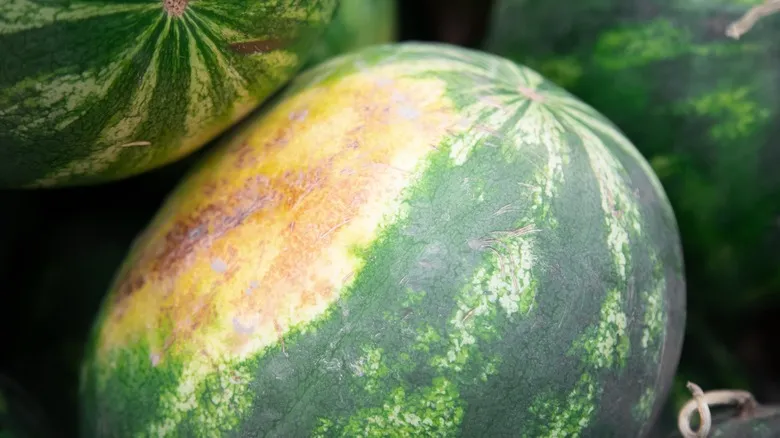Signs of a good watermelon
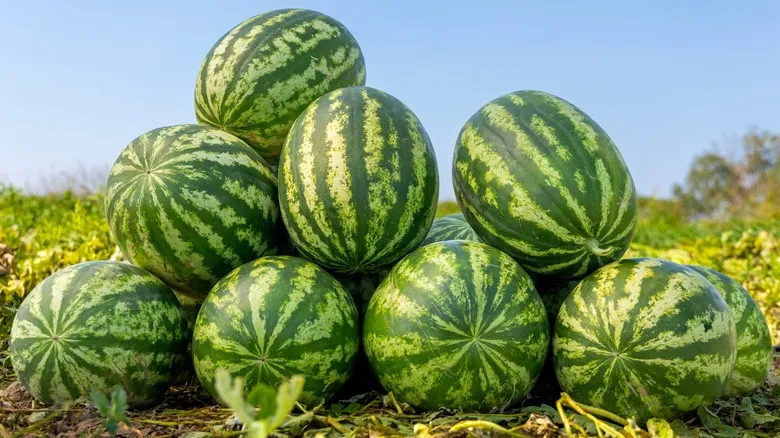
We've all experienced the disappointment of biting into a subpar slice of watermelon at a summer barbecue: a thick rind and a mouthful of mushy, mealy fruit. This grainy texture occurs when a watermelon is overripe, loses moisture, and becomes dry. However, if you use the field spot trick to select the ideal watermelon, you'll enjoy a completely different experience. A truly excellent watermelon should be incredibly juicy and sweet; despite being made up of about 92% water, it should have a satisfying crunch rather than a soft texture. Additionally, the rind shouldn't be too thick, as a thinner rind suggests a greater amount of fruit flesh inside.
Once you've chosen the perfect melon, the possibilities are endless. From refreshing summer salads to delicious agua fresca, there are countless recipes waiting for you. And don’t discard the rinds—embrace a zero-waste approach by trying out this simple 3-step watermelon rind candy recipe.
Recommended
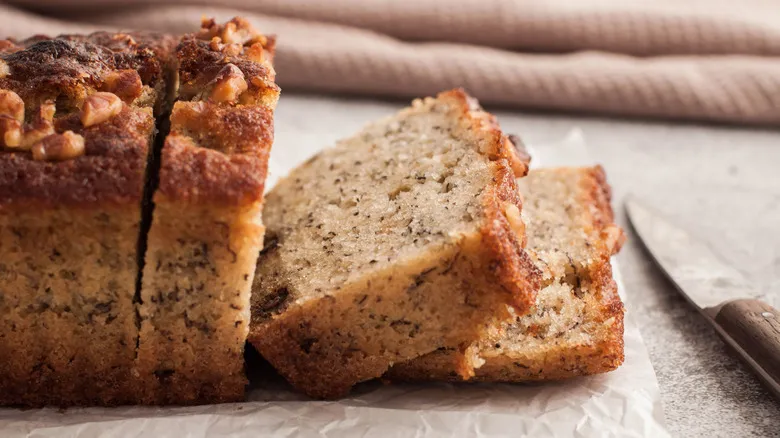
How To Store Banana Bread To Maintain The Most Moisture
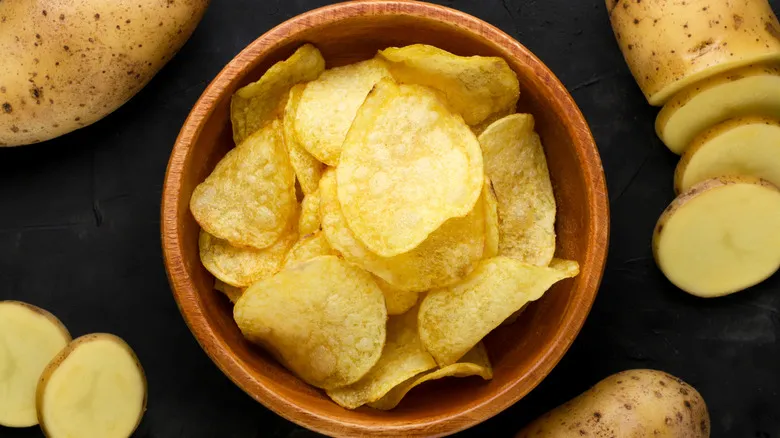
The Seasoning Tip To Make Your Potato Chips Taste Luxurious
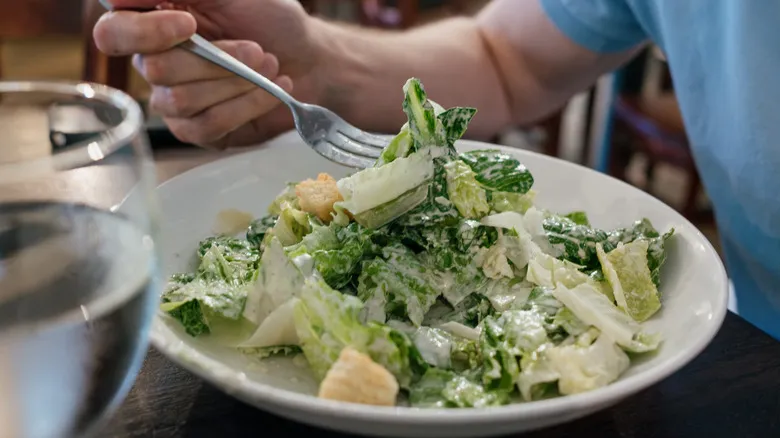
The Fish Swap You Didn't Know Your Caesar Salad Needed
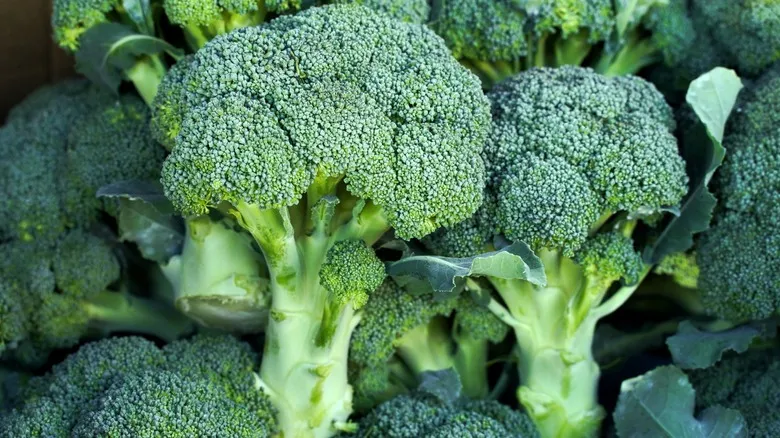
How To Choose The Best Broccoli At The Grocery Store, Every Time
Next up

